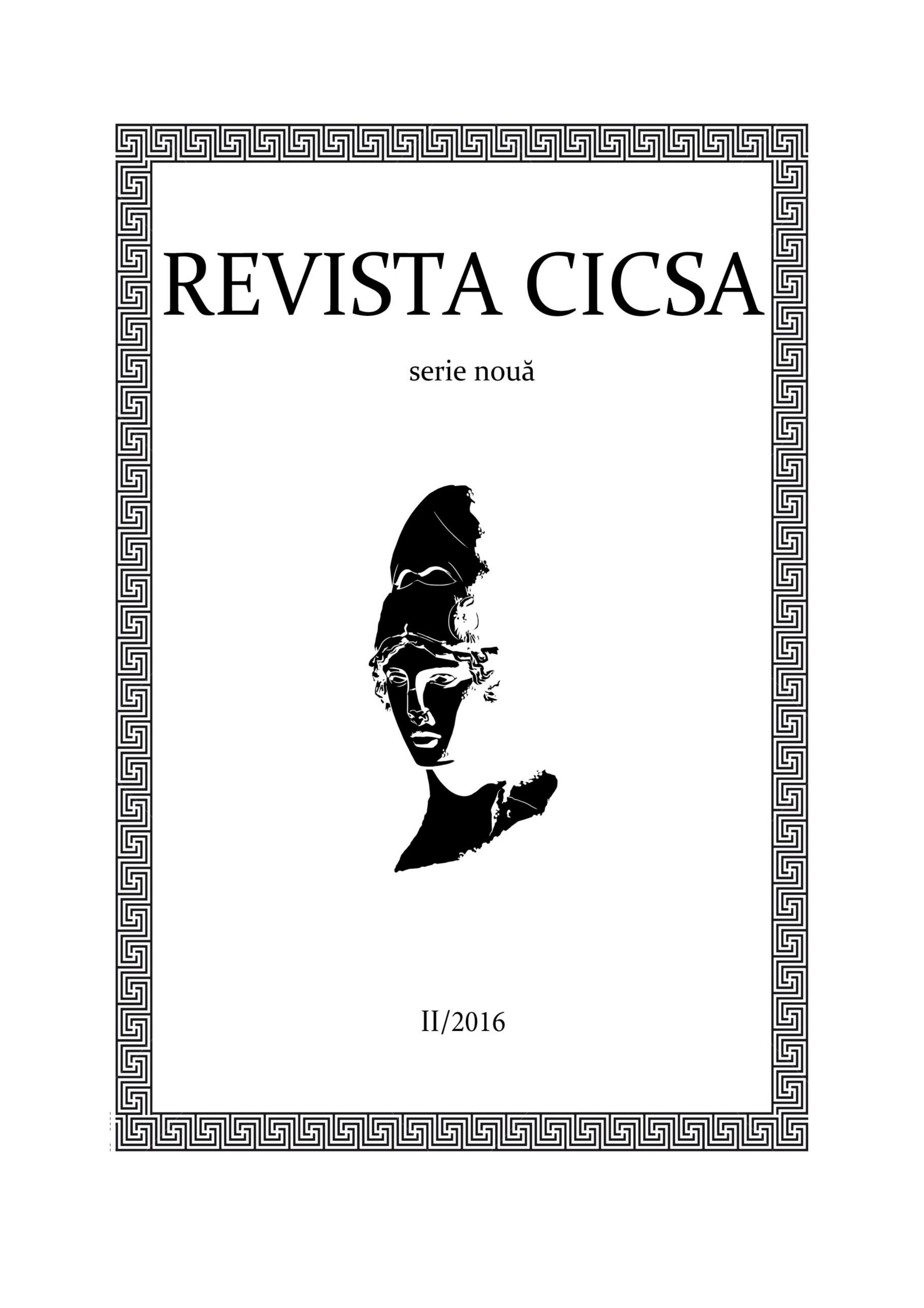L'image de l'Autre dans la conception néo-assyrienne – la représentation de l'ennemi comme symbole du chaos et du mal
The image of the Other in the neo-Assyrian conception - the representation of the enemy as a symbol of chaos and evil
Author(s): Teodora CostacheSubject(s): Military history, Ancient World
Published by: Centrul de Istorie Comparată a Societăților Antice
Keywords: war; enemy; mythology; symbol; monstrousness;
Summary/Abstract: In the Assyrian Empire war is perceived as a factor of civilization and the Assyrians always define themselves in opposition with other populations. The geographic disposition of the Empire, inside the space called Mesopotamia, privileged the development of an antagonism towards the foreigner, due to the idea that the interior of the Empire is cultivated, well-structured, whereas the foreigners are uncultivated, savages, and chaotic.Myths, epics, royal inscriptions, and iconography are all important media that enable the diffusion of this ideology. The combat myths and their iconography present, in a symbolic way, the royal idea that the strangers are bad, that they represent a grave danger, therefore they have to be exterminated by the Assyrian king, the human correspondent of the gods. The way the monsters are described in all these mythological compositions parallels the one that describe the strangers and enemies. The Assyrian palatial reliefs, and also the minor arts use this motif in a recurrent way. The image of the tortured and decapitated enemy becomes the symbol of his defeat, of the Otherness, but most importantly, the symbol of the victorious Assyrians.
Journal: Revista CICSA online, Serie Nouă
- Issue Year: 2016
- Issue No: II
- Page Range: 33-54
- Page Count: 22
- Language: French

